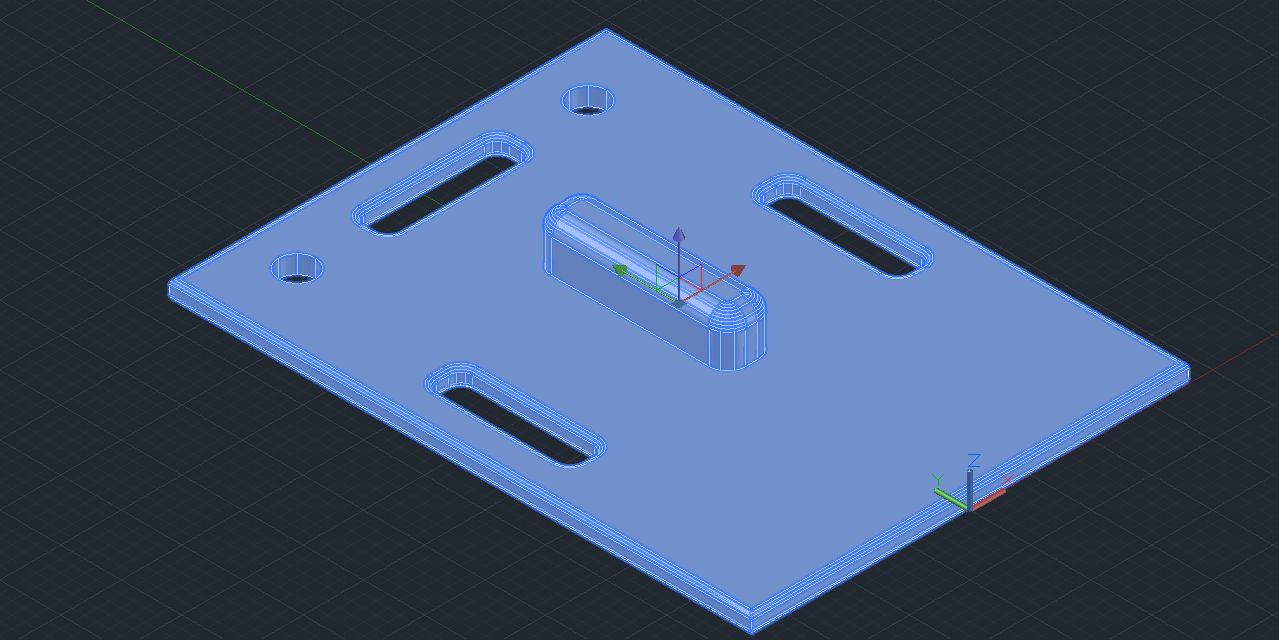A potential need sparked by the COVID-19 pandemic has inspired an Edmonton team of clinicians and academics to build a better cardiopulmonary resuscitation (CPR) board for use in emergency departments and intensive care units (ICUs).
Because of COVID-19's attack on the lungs, many patients in emergency departments and intensive care are placed on their bellies (prone position) as they seem to oxygenate better in that position. Currently, though, there is no formal guidance for clinicians on how to best resuscitate a patient who suffers a cardiac arrest while prone.
"Many health-care providers are not used to taking care of people in these positions," said Matthew Douma, a registered nurse and assistant adjunct professor of critical care medicine at the University of Alberta. "In the case of cardiac arrest, do you just do compressions on the back or do you turn them over? This is relevant because the process of turning them over could increase the risk of getting COVID yourself, at least getting exposed to it in a health-care setting."
In July the Edmonton team published a review examining all available evidence of performing resuscitation on a patient in the prone position. They determined they could fill an urgent need by improving the equipment available in emergency departments and ICUs.
The team determined that a standard CPR board was not sufficient and other available options weren't optimal either. Work soon began on a new prone CPR board prototype that would be placed between the patient and the mattress, and incorporating an added piece fitting underneath the sternum-where a health-care provider would normally place their hands when providing life-saving CPR.
"In our review we saw that this type of equipment is not out there. There is nothing commercially available," said Douma. "So we designed one with the help of Ledcor Technical Services, tested it with high-fidelity CPR mannequins and demonstrated its effectiveness. We've now made the design freely available, and it's been downloaded thousands of times."
According to Douma, lab tests on the CPR board with sternal elevation showed a 40 per cent increase in the proportion of compressions that achieved the ideal target depth on mannequins in the prone position. It is currently in use in a small number of ICUs in Brazil and France.
"We basically went from its conception to having a wood prototype in two days, to having an electronic drawing in five. It was available for download two weeks after that," said Douma.
"It's filled a gap. We didn't have this, we didn't know what we would do in a cardiac arrest on a prone patient should the situation arise. Now, knowing that there's a tool available, it's made us feel more prepared."
